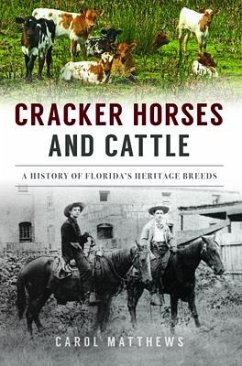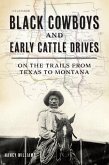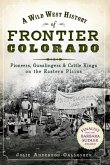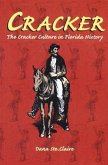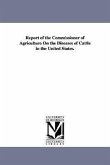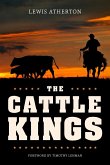The first horses and cattle to set foot on the North American continent stepped onto Florida land, brought by Spanish explorer Juan Ponce de Leon in 1521 just south of present-day Fort Myers. The animals were abandoned, formed wild herds and would be used by different groups for food, work, trade and transportation for the next 500 years. Cattle ranching was born when Jesuit and Franciscan Friars, also known as missionaries, set up a system of missions across north and north-central Florida. The largest ranch was Rancho de la Chua, located on what is now Paynes Prairie in Alachua County. As a result of this increase in cattle production, Florida rancheros began to sell cattle to Cuba. This was the first industry to develop in the New World and would continue for the next three hundred years. By the 1960s there were only a handful of pure cracker cattle and horses left. But herds were established on state lands, preserving a living link to Florida's past. -- Publisher description.

